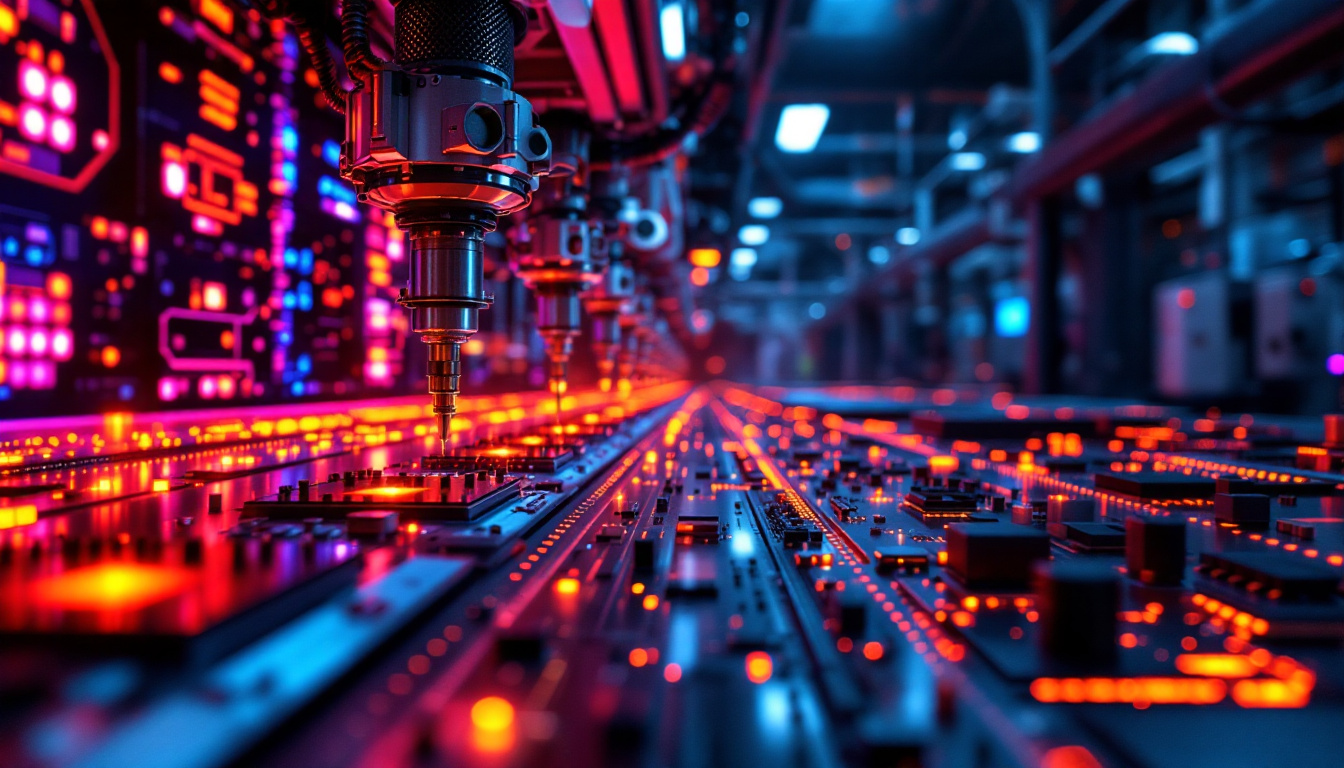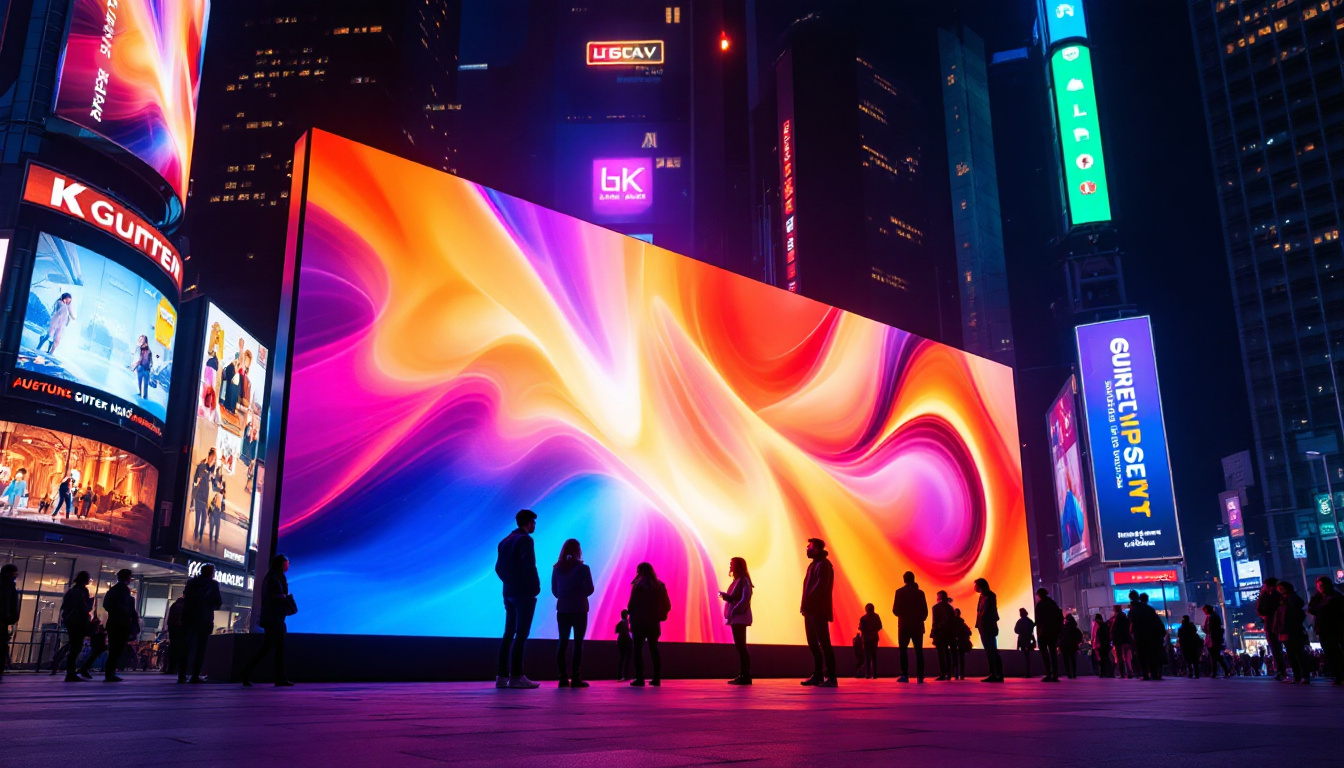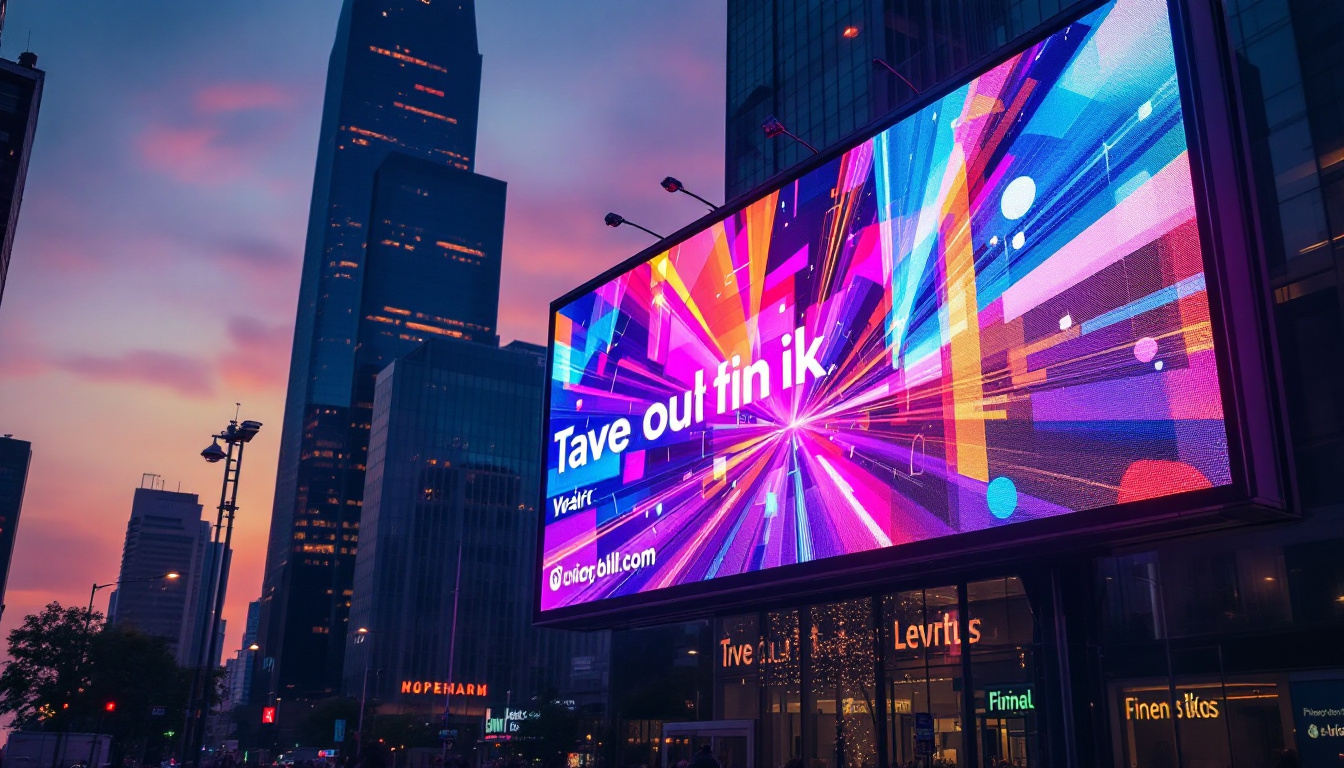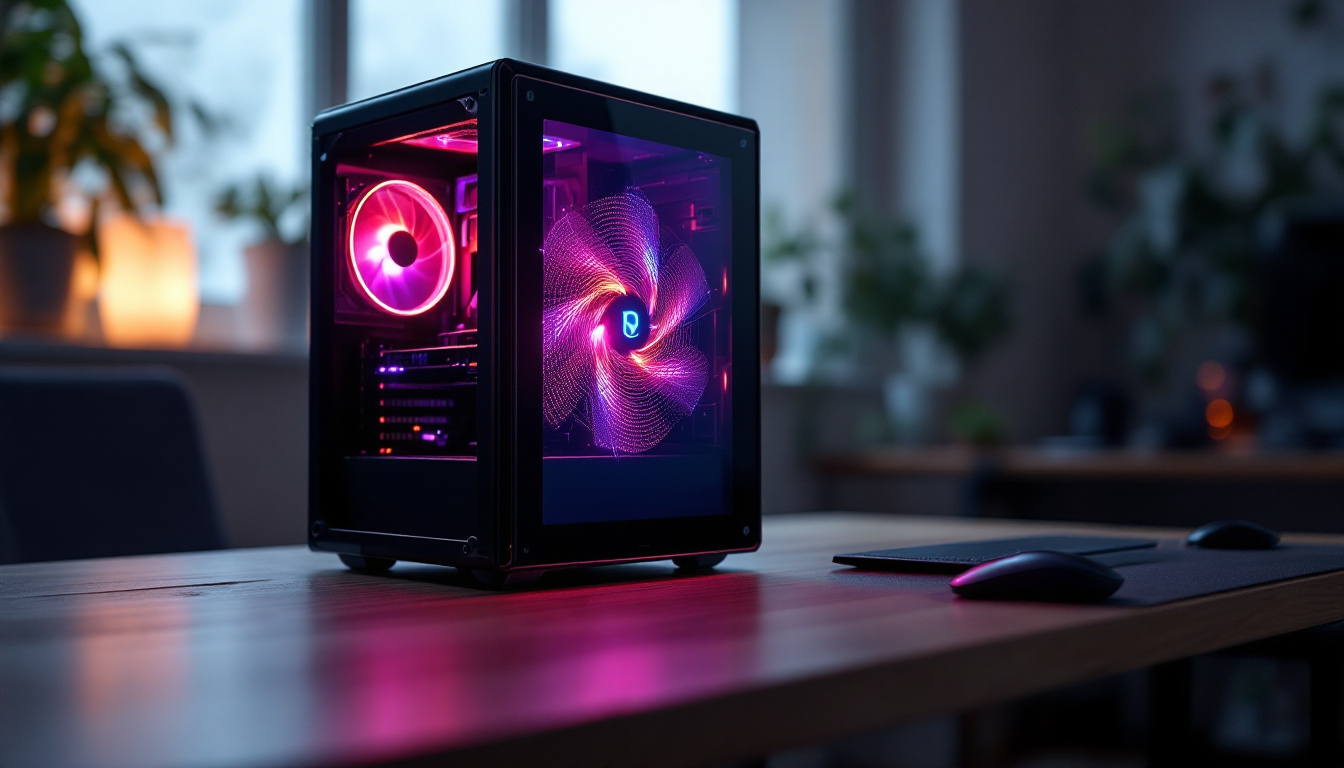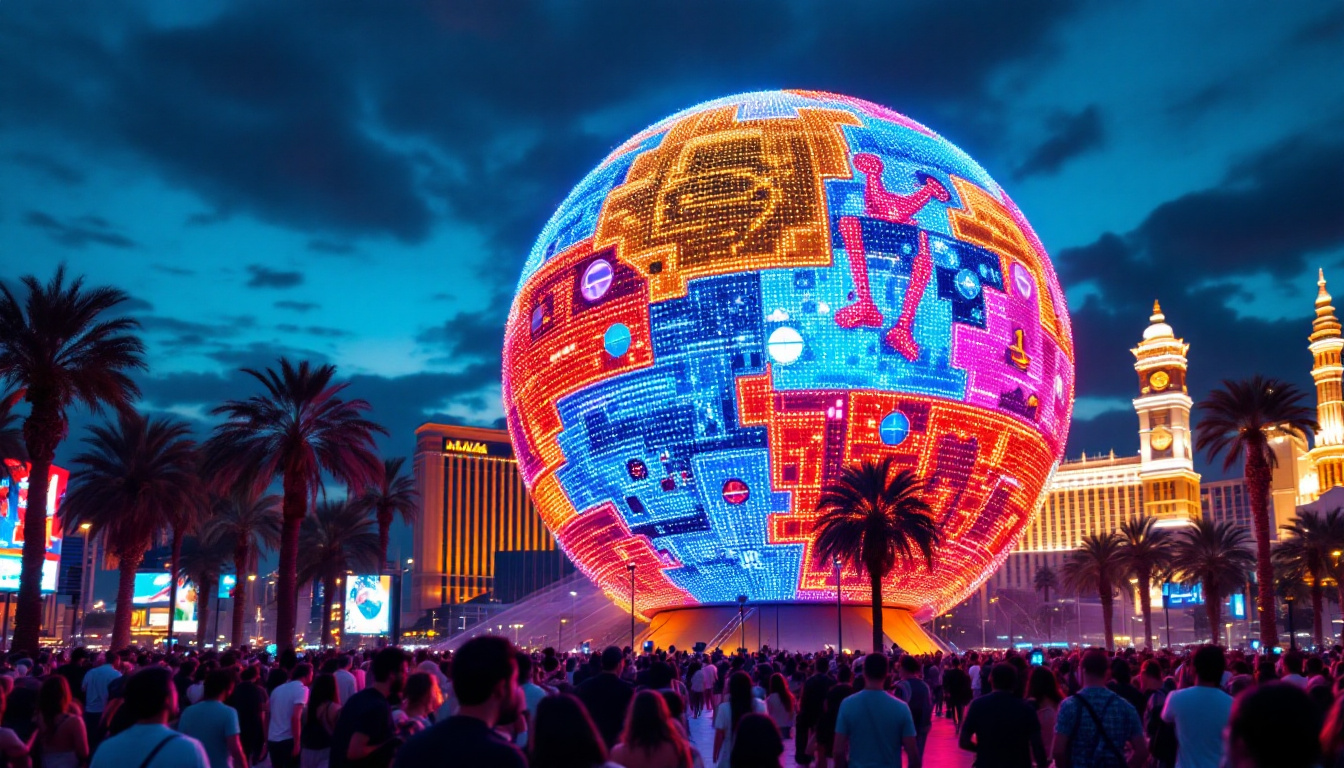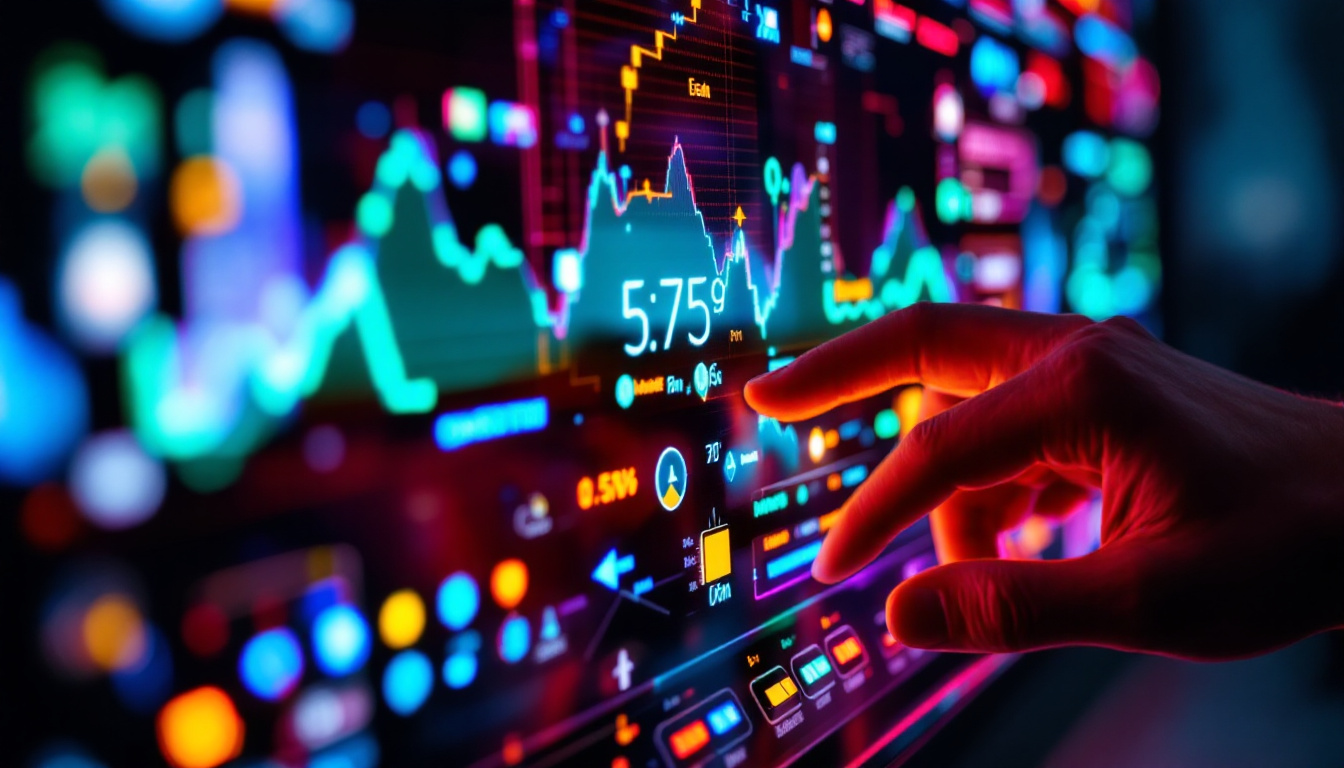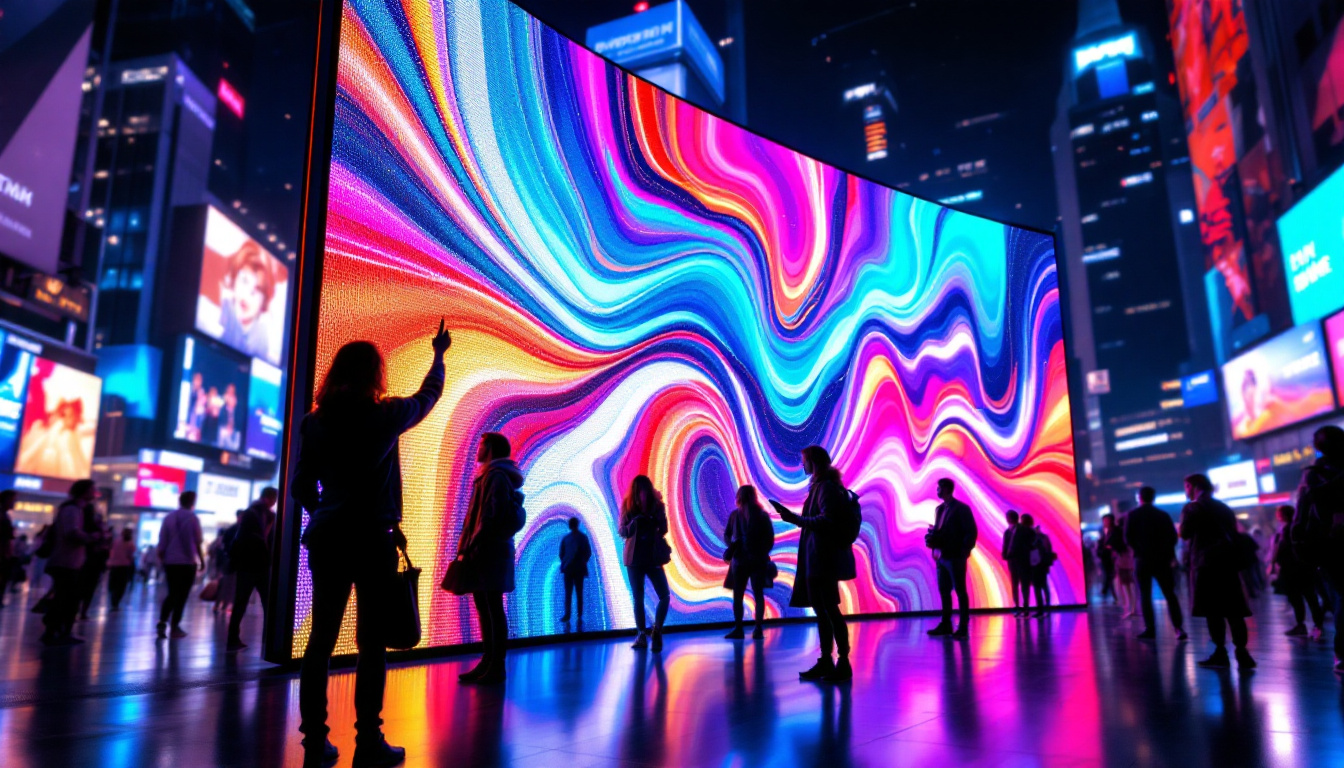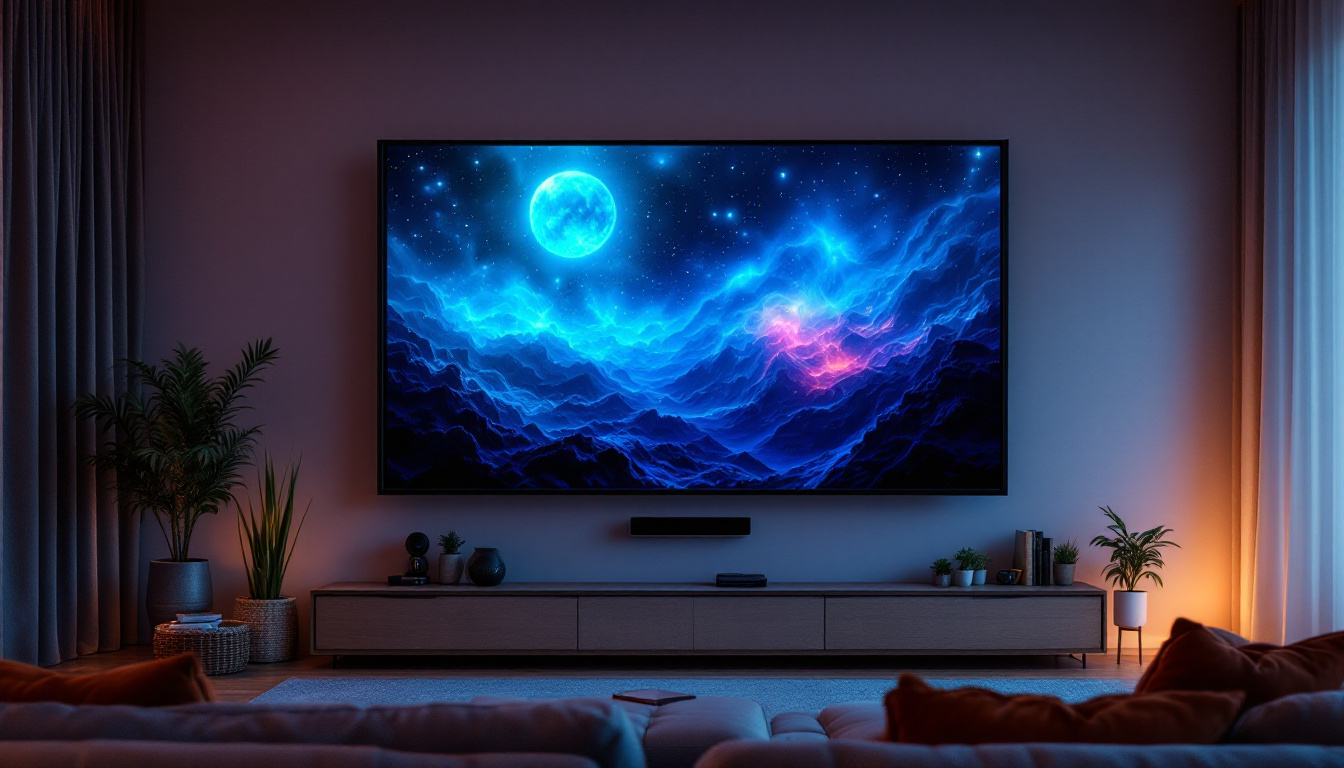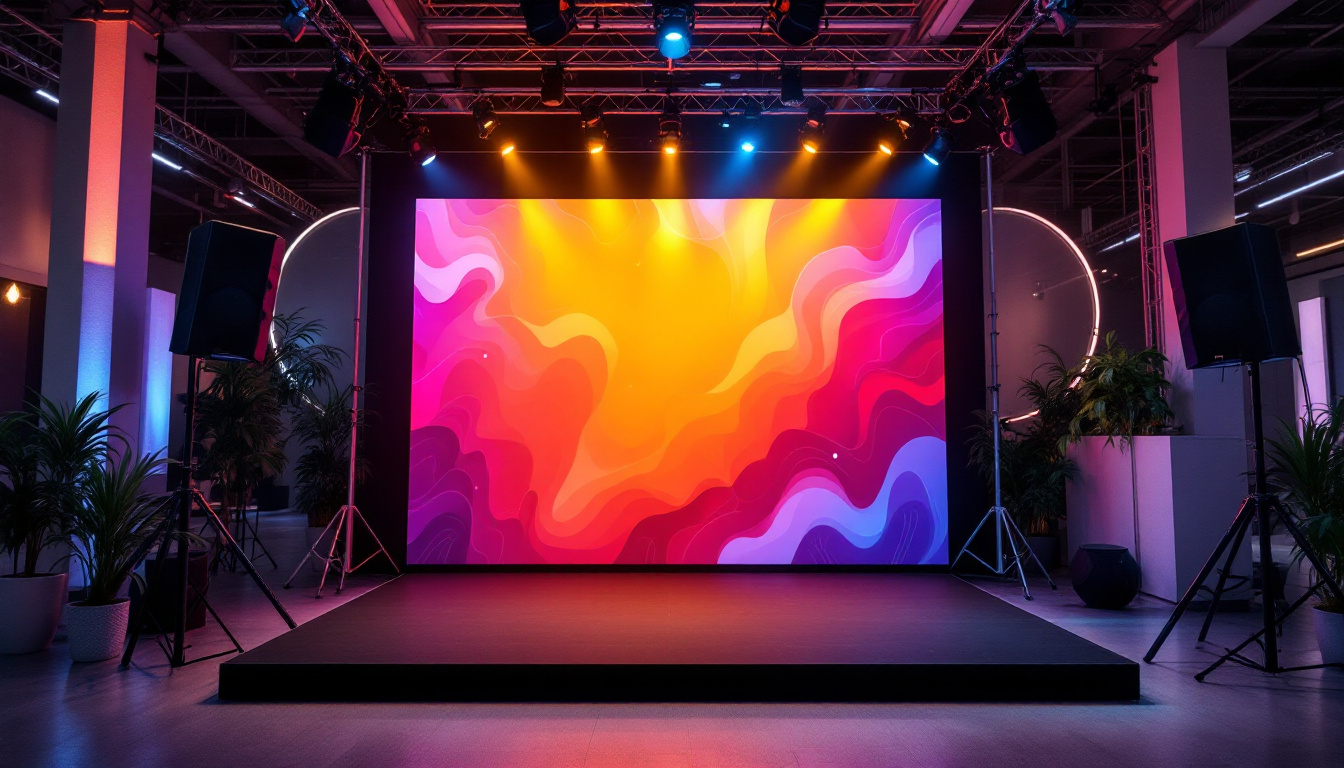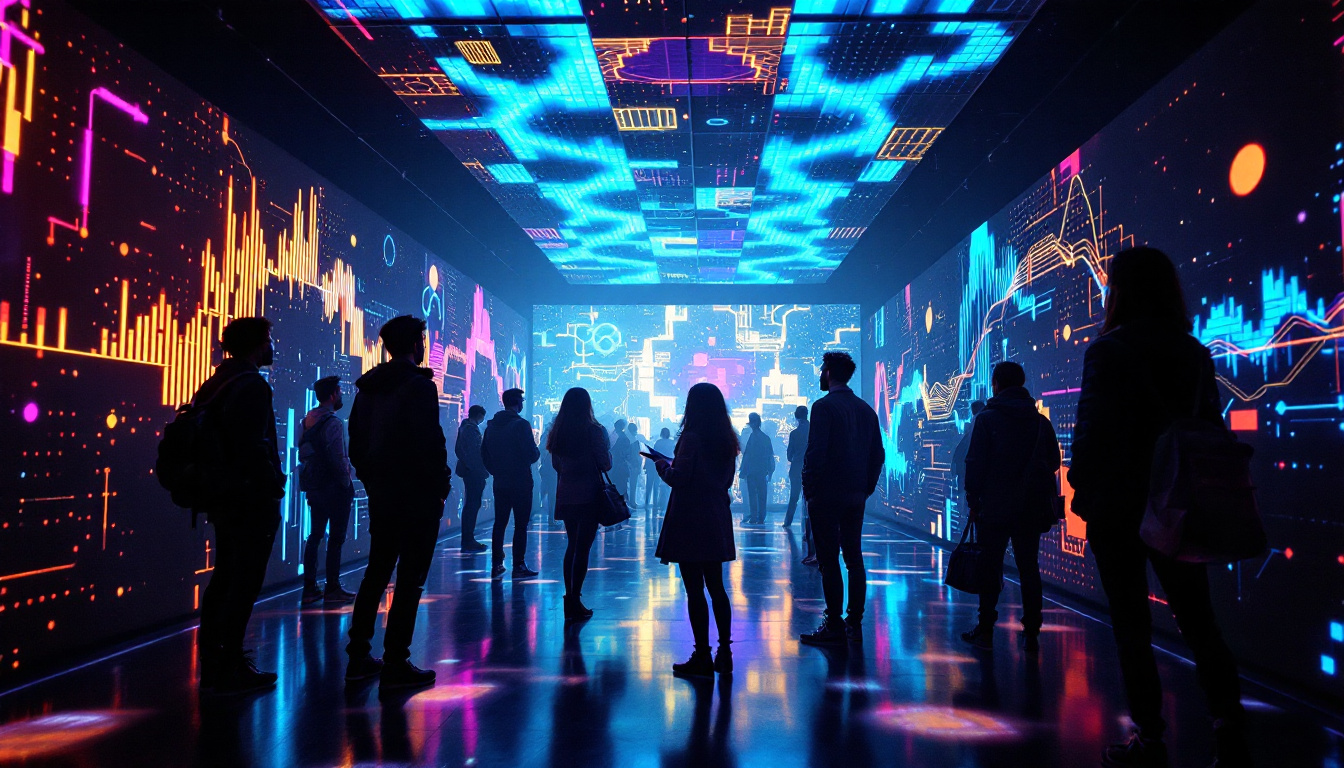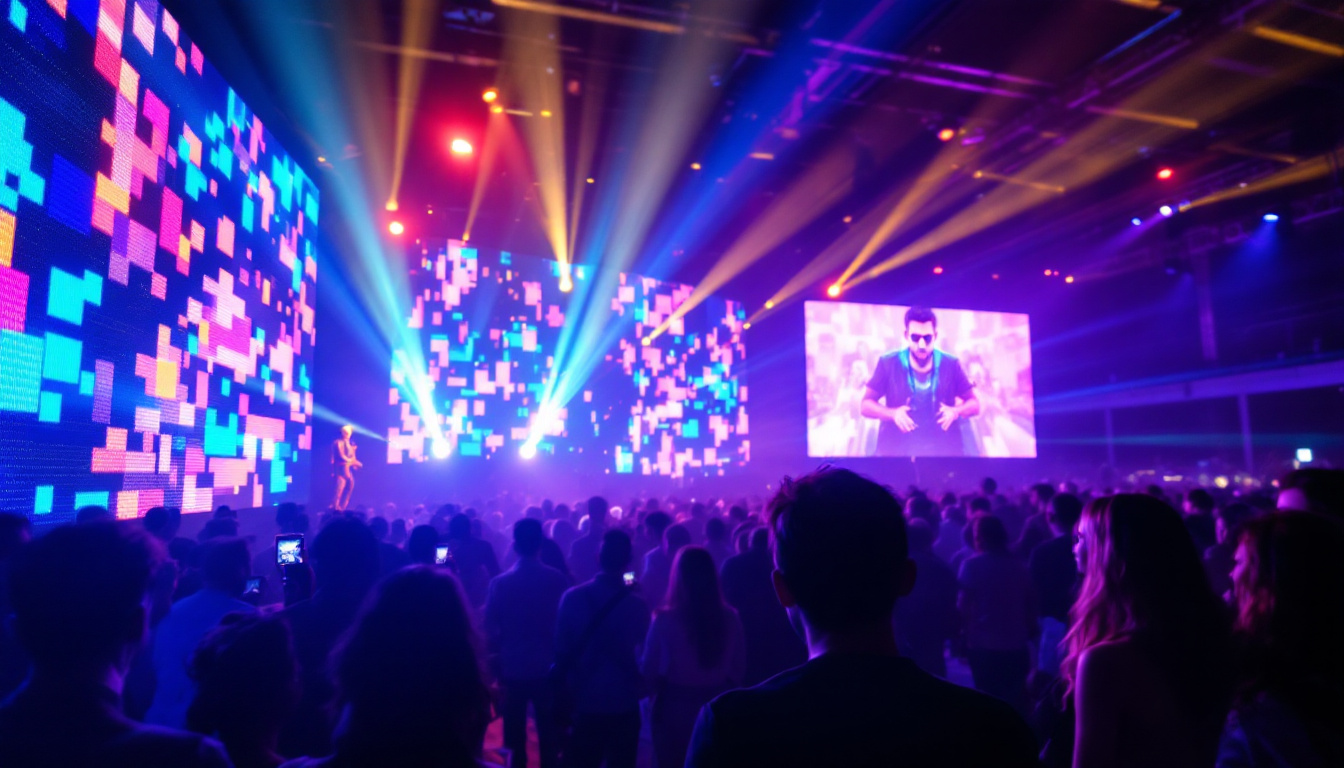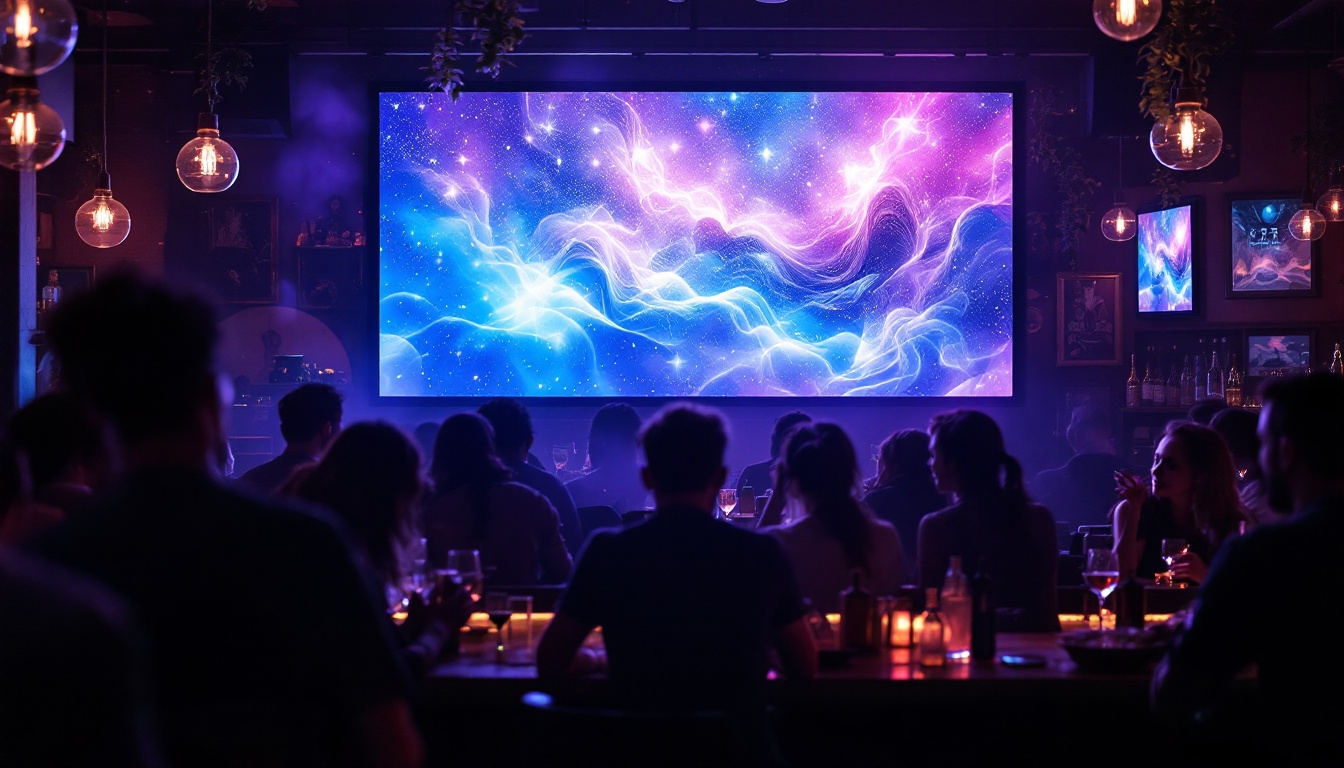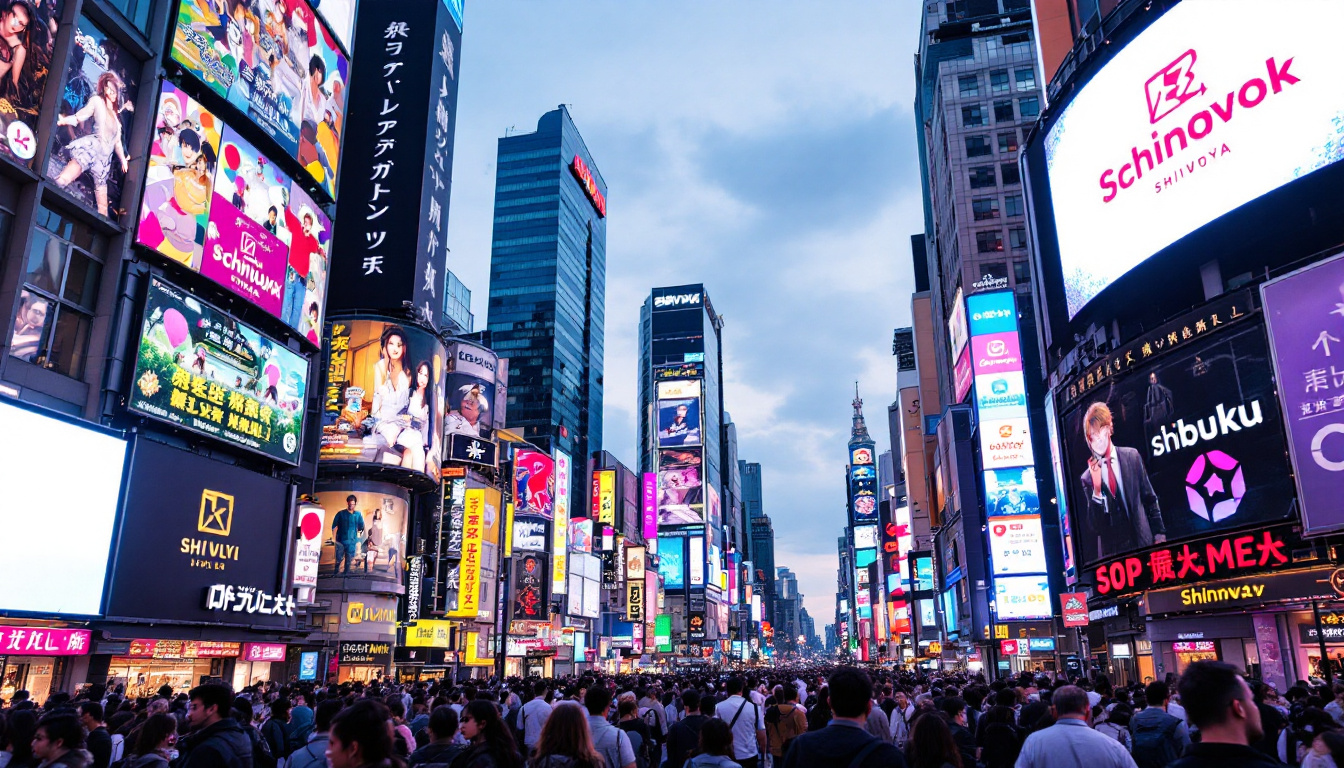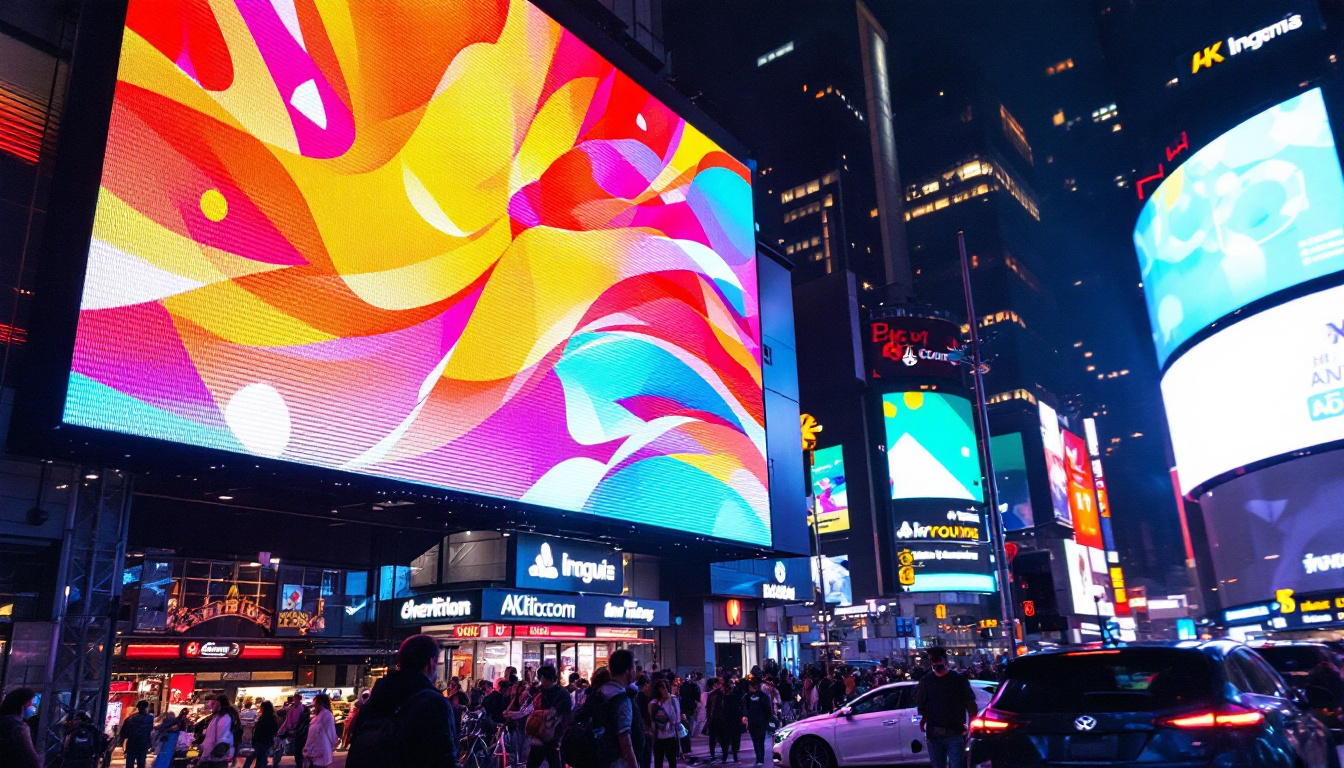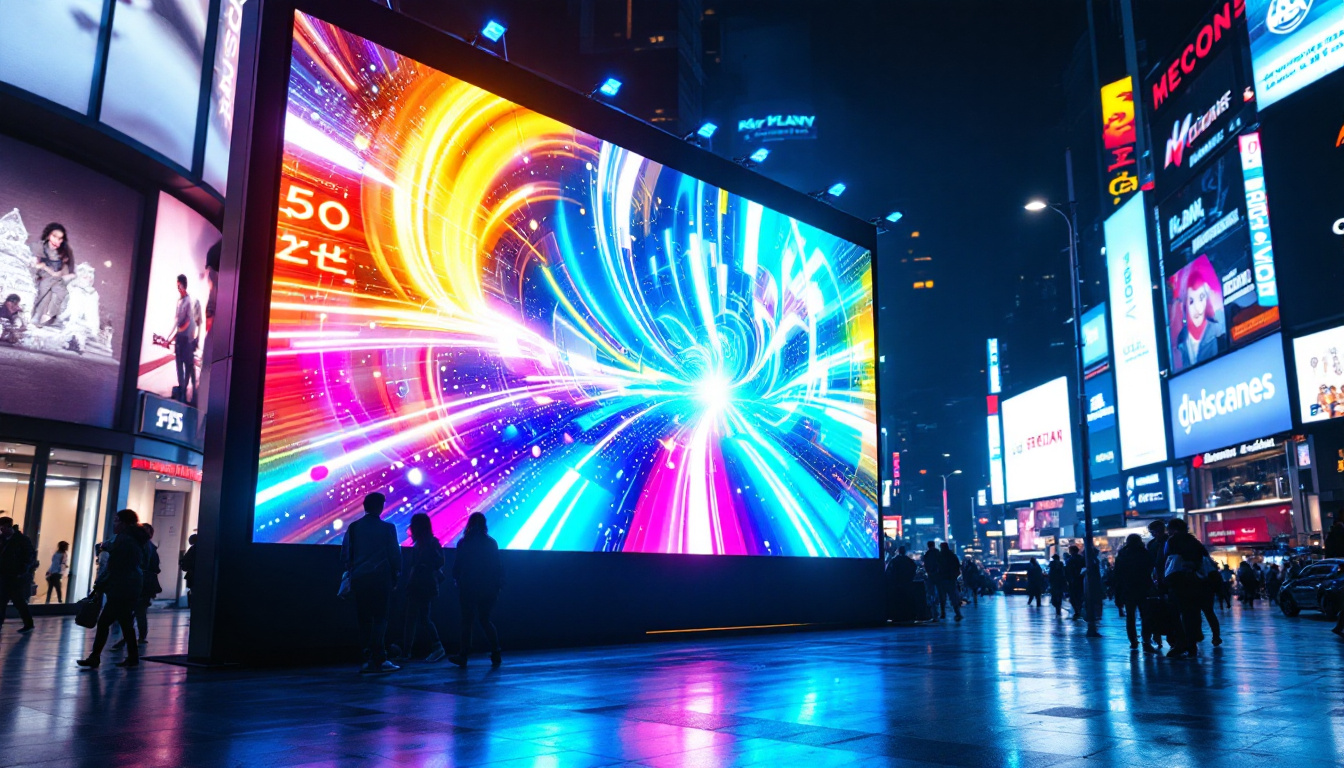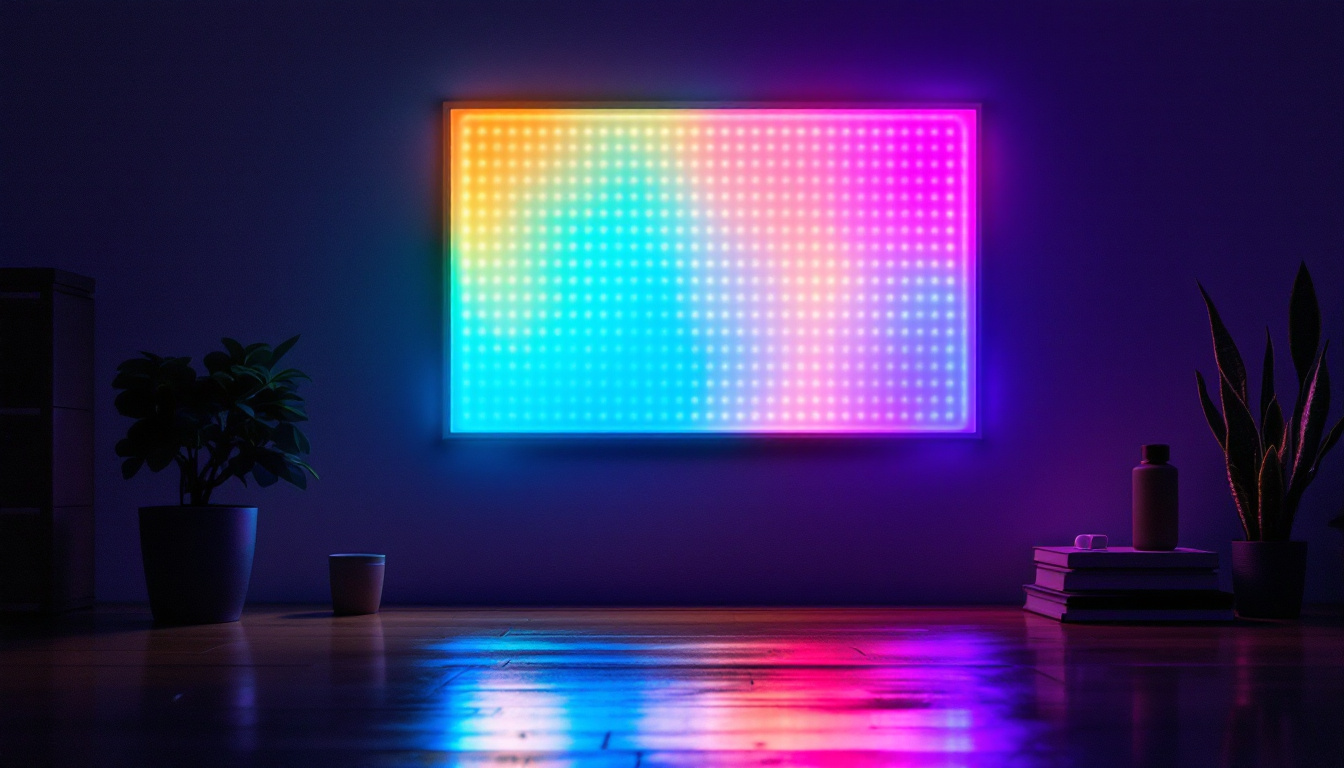The evolution of digital video technology has transformed the way visual content is displayed and consumed. Among the most significant advancements in this field is the LED (Light Emitting Diode) display. Known for its vibrant colors, energy efficiency, and versatility, LED displays have become ubiquitous in various applications, from advertising billboards to television screens. This article delves into the intricacies of LED technology, its benefits, applications, and future trends.
Understanding LED Technology
LED displays utilize semiconductor technology to emit light when an electric current passes through. This process involves the movement of electrons within the semiconductor material, resulting in the release of energy in the form of light. The versatility of LED technology allows for a wide range of display types, including full-color displays, monochrome displays, and even flexible screens. The efficiency of LEDs also contributes to their popularity, as they consume significantly less power than traditional incandescent bulbs, making them an environmentally friendly choice for both consumers and businesses alike.
Moreover, the lifespan of LED technology is another compelling factor. With a typical lifespan of 25,000 to 50,000 hours, LEDs outlast many other lighting technologies, reducing the frequency of replacements and maintenance costs. This durability is particularly advantageous in commercial settings where displays are in constant use, such as in retail environments or public information systems. As technology continues to advance, we can expect further innovations in LED displays, enhancing their functionality and applications across various industries.
The Components of LED Displays
At the core of every LED display are several key components that work together to produce high-quality images. The primary components include:
- LED Chips: These are the tiny diodes that emit light. Different colors are produced by varying the materials used in the semiconductor. For instance, blue LEDs are typically made from gallium nitride, while red LEDs may use aluminum gallium arsenide.
- Driver Circuitry: This component regulates the power supplied to the LED chips, ensuring consistent brightness and color accuracy. Advanced driver circuitry can also facilitate features such as dimming and color temperature adjustments, enhancing the overall viewing experience.
- Display Panel: The physical structure that houses the LED chips, often made from durable materials to withstand environmental conditions. The design of the display panel can also influence the viewing angle and clarity, making it crucial for applications where audience engagement is key.
Types of LED Displays
LED displays can be categorized into several types based on their application and design:
- Direct View LED: These displays are made up of individual LED modules that create a larger screen. They are commonly used for outdoor advertising and large-scale events, where their high brightness and visibility in direct sunlight are essential.
- LED Backlit LCD: This technology uses LEDs to illuminate an LCD panel, enhancing brightness and color depth. It is prevalent in televisions and computer monitors, offering a more vibrant viewing experience compared to traditional CCFL backlighting.
- MicroLED: A newer technology that uses microscopic LEDs to form images. MicroLEDs promise higher resolution and better energy efficiency compared to traditional LED displays. This technology is also being explored for use in augmented reality applications, where compact and high-quality displays are crucial for immersive experiences.
Additionally, there are also specialized LED displays such as transparent LEDs, which allow for visibility through the screen while still displaying images, making them ideal for retail storefronts. Another exciting development is the advent of flexible LED displays, which can be bent and shaped to fit unconventional surfaces. This opens up new possibilities for creative advertising and artistic installations, pushing the boundaries of traditional display technology.
Advantages of LED Displays
LED displays offer numerous advantages over traditional display technologies, making them the preferred choice for many applications. Some of the most notable benefits include:
Energy Efficiency
One of the most significant advantages of LED displays is their energy efficiency. Compared to traditional incandescent or fluorescent displays, LED technology consumes significantly less power. This not only reduces operational costs but also contributes to environmental sustainability. For businesses looking to minimize their carbon footprint, switching to LED displays can be a strategic move that aligns with eco-friendly initiatives. Furthermore, many LED displays are designed with smart technology that allows them to adjust brightness based on ambient light, further optimizing energy consumption.
Brightness and Color Quality
LED displays are known for their exceptional brightness levels, making them suitable for both indoor and outdoor environments. The ability to produce vibrant colors and deep blacks enhances the overall viewing experience. This quality is particularly important for applications such as digital signage, where visibility is crucial. In addition, the color accuracy of LED displays ensures that images and videos are represented as intended, which is vital for industries like advertising and broadcasting. With advancements in technology, some LED displays now support high dynamic range (HDR), allowing for even more stunning visuals that captivate audiences and convey messages more effectively.
Longevity and Durability
LED displays have a longer lifespan compared to other display technologies. With a typical lifespan of over 50,000 hours, they require less frequent replacements, thus lowering maintenance costs. Additionally, LED displays are more durable and resistant to shock and vibration, making them ideal for various settings. This robustness is particularly beneficial in outdoor installations, where displays are exposed to the elements. Moreover, many manufacturers offer weatherproof options that can withstand extreme temperatures and humidity, ensuring reliable performance in diverse conditions. As a result, businesses can invest in LED technology with confidence, knowing that their displays will continue to perform well over time, even in challenging environments.
Applications of LED Displays
The versatility of LED displays allows them to be used across a wide range of industries and applications. Here are some of the most common uses:
Advertising and Marketing
LED displays have revolutionized the advertising industry. Their ability to display dynamic content in high resolution attracts attention and engages viewers effectively. From large billboards in urban areas to digital signage in retail stores, LED technology enables brands to communicate their messages in innovative ways.
Entertainment and Events
In the entertainment industry, LED displays are integral to concerts, festivals, and sporting events. Large-scale LED screens provide audiences with immersive experiences, displaying live feeds, graphics, and animations. The flexibility of LED technology allows for creative stage designs and visual storytelling.
Transportation and Public Information
LED displays are widely used in transportation systems for real-time information dissemination. Train stations, airports, and bus terminals utilize LED screens to display schedules, announcements, and alerts, ensuring passengers are well-informed. Their visibility and reliability make them ideal for public information systems.
Future Trends in LED Display Technology
The future of LED display technology is promising, with ongoing innovations that aim to enhance performance and expand applications. Some emerging trends include:
Advancements in MicroLED Technology
MicroLED technology is poised to revolutionize the display industry with its potential for ultra-high resolution and improved energy efficiency. As manufacturers continue to refine this technology, we can expect to see MicroLED displays in consumer electronics, including televisions and smartphones.
Integration with Smart Technologies
As smart technology continues to advance, LED displays are increasingly being integrated into smart homes and cities. This integration allows for interactive displays that can provide personalized content based on user preferences and environmental conditions. The potential for smart signage in urban settings is vast, offering real-time updates and interactive experiences.
Sustainability Initiatives
With growing concerns about environmental impact, the display industry is focusing on sustainability. Future LED displays are expected to be more eco-friendly, utilizing recyclable materials and energy-efficient manufacturing processes. This shift aligns with global efforts to reduce carbon footprints and promote sustainable practices.
Challenges Facing LED Display Technology
Despite the numerous advantages of LED displays, there are challenges that the industry must address to ensure continued growth and innovation.
Cost of Production
The initial cost of LED display technology can be higher than traditional display options. While prices have been decreasing over the years, the investment required for high-quality LED displays can still be a barrier for some businesses, especially small enterprises. Finding ways to reduce production costs without compromising quality is essential for wider adoption.
Technical Limitations
While LED displays offer superior brightness and color quality, they can also face challenges such as limited viewing angles and color uniformity. Manufacturers are continually working to improve these aspects, but they remain considerations for consumers when selecting display technology.
Market Competition
The rapid advancement of display technologies, including OLED and LCD, presents competition for LED displays. As these technologies evolve, they may offer features that challenge the dominance of LED displays. Staying ahead in innovation and addressing consumer needs will be crucial for LED technology to maintain its market position.
Conclusion
LED display technology has fundamentally changed the landscape of digital video technology, offering unparalleled brightness, energy efficiency, and versatility. As industries continue to adopt LED displays for various applications, the technology will undoubtedly evolve, incorporating advancements such as MicroLED and smart integrations. While challenges remain, the future of LED displays looks bright, promising exciting developments that will enhance how visual content is experienced and consumed.
In a world increasingly driven by visual communication, understanding the nuances of LED technology is essential for businesses and consumers alike. Whether for advertising, entertainment, or public information, LED displays are set to play a pivotal role in shaping the future of digital media.
Explore the Future of Visual Display with LumenMatrix
As you consider the vast potential and applications of LED display technology in transforming digital media, LumenMatrix stands at the forefront of this innovation. With a comprehensive range of solutions including Indoor and Outdoor LED Wall Displays, Vehicle and Sports LED Displays, LED Poster and Floor Displays, Custom and All-in-One LED Displays, as well as LED Transparent Displays, LumenMatrix is committed to enhancing your brand’s visibility and creating immersive visual experiences. Embrace the future of visual communication with our cutting-edge digital signage and LED display solutions. Check out LumenMatrix LED Display Solutions today and empower your business to make a lasting impression.


